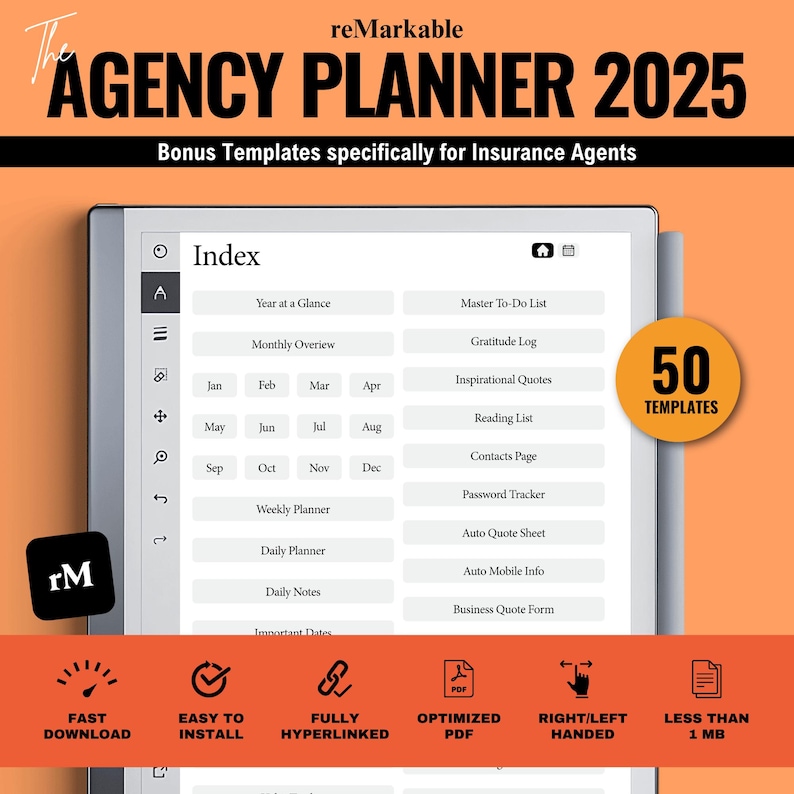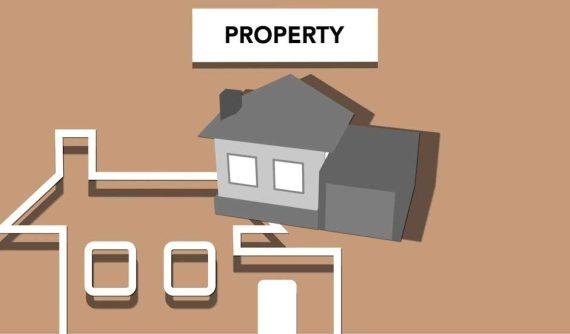When it comes to protecting your property, understanding the nuances of home insurance is crucial—especially if your home isn’t regularly lived in. Many homeowners assume that a standard insurance policy will cover an empty house, but the reality is more complex. Vacant and unoccupied homes present different risks, and insurance providers often treat these situations very differently. In this article, we’ll break down the key differences between vacant and unoccupied home insurance, helping you make informed decisions to safeguard your property effectively. Whether you’re preparing to travel for an extended period, managing an investment property, or facing unexpected circumstances, knowing which insurance coverage applies can save you from costly gaps in protection.
Table of Contents
- Understanding Vacant and Unoccupied Homes From an Insurance Perspective
- Key Coverage Differences Between Vacant and Unoccupied Home Insurance
- Common Risks and Challenges Associated with Each Property Status
- Expert Recommendations for Choosing the Right Insurance Policy
- In Conclusion
Understanding Vacant and Unoccupied Homes From an Insurance Perspective
When evaluating homes from an insurance standpoint, the distinction between vacant and unoccupied properties plays a critical role in risk assessment and policy terms. A vacant home refers to a property that is devoid of personal belongings and has been empty for an extended period, often surpassing 30 to 60 days depending on the insurer. This absence raises concerns due to increased vulnerability to vandalism, undetected damages, and potential squatters. Consequently, insurers often impose stricter underwriting guidelines or charge higher premiums for vacant homes since the risk profile is considerably elevated.
On the other hand, an unoccupied home still contains furnishings and personal possessions but lacks occupants temporarily — for example, a seasonal residence or a home between tenants. From an insurance perspective, unoccupied homes may face fewer restrictions than vacant ones, as the presence of property and recent occupancy indicate a lower risk level. However, insurance companies typically require homeowners to notify them of the home’s status, as extended unoccupancy can lead to adjustments in coverage terms or the need for specialized policies. Understanding these subtleties helps homeowners ensure adequate protection without paying unnecessarily high premiums.
Key Coverage Differences Between Vacant and Unoccupied Home Insurance
While both vacant and unoccupied home insurance policies protect properties that aren’t currently lived in, the scope of coverage fundamentally differs due to the unique risks each scenario presents. Vacant home insurance is designed for properties left entirely empty — no furniture, no utilities, and often no regular upkeep. Because of the increased vulnerability to vandalism, theft, and unnoticed damages like water leaks, insurers typically offer more restrictive coverage and higher premiums. In many cases, standard homeowner policies exclude damages when a home is vacant beyond a specified duration, prompting specialized vacant home policies that include protections such as vandalism, liability, and sometimes even property maintenance.
On the other hand, unoccupied home insurance covers homes where the owners are temporarily away but the home remains furnished and maintained — perhaps for seasonal use or during renovation projects. This type of insurance generally extends the protections offered by a standard homeowner’s policy but with additional safeguards against risks like frozen pipes or electrical issues due to lack of regular use. Unoccupied policies often include coverage for accidental damage and continued liability protection, reflecting the comparatively lower risk relative to truly vacant properties. However, eligibility and coverage limits can vary widely, so it’s critical to carefully review policy specifics to ensure your empty home is adequately protected.
- Vacant Home: Limited coverage, often excludes basic perils without specialized policy.
- Unoccupied Home: Broader coverage, typically includes standard homeowner benefits with some restrictions.
- Vacant homes face higher risk of vandalism and unnoticed damage.
- Unoccupied homes risk issues from lack of regular maintenance but generally less exposure to crime.
- Policy premiums and restrictions vary significantly based on the home’s occupancy status.
Common Risks and Challenges Associated with Each Property Status
When insuring a vacant property, companies consider the significantly higher risks associated with its empty status. A vacant home is more vulnerable to vandalism, theft, and undetected damage such as leaks or infestations, because there is no regular presence to notice issues early. Additionally, insurance providers often highlight risks like pipe bursts during winter and unauthorized occupation. These properties may sit dormant for extended periods, increasing the chances that small problems escalate into costly repairs. As a result, premiums for vacant home insurance are typically higher, and coverage may come with specific exclusions or requirements, such as periodic inspections or security measures.
On the other hand, unoccupied homes—those that are temporarily empty but maintained—face a different spectrum of risks. While not as high-risk as vacant properties, unoccupied homes still encounter potential challenges including delayed reporting of damage and increased liability risks. For instance, while the owner might intend to return soon, thieves or squatters may target the location during short absences. Insurance companies may also scrutinize the reason the home is unoccupied, like renovations or seasonal use, as this can influence the level of risk. To mitigate these concerns, insurers often require evidence of upkeep, such as regular lawn care or utility usage, underlining the importance of consistent property management in minimizing claims.
- Vacant Homes: Higher risk of unnoticed damage, increased vandalism, theft, and stricter policy terms.
- Unoccupied Homes: Risk mostly tied to temporary absence, possible liability issues, often requires proof of upkeep.
Expert Recommendations for Choosing the Right Insurance Policy
When selecting an insurance policy for a vacant or unoccupied property, it’s crucial to evaluate the specific risks each situation presents. Insurance providers often differentiate coverage terms based on how long the property remains without occupants. For vacant homes, which typically have no furnishings and are devoid of daily activities, insurers may impose stricter conditions or higher premiums due to increased risks like vandalism or undetected damages. In contrast, unoccupied homes—still furnished but temporarily uninhabited—might qualify for different coverage that reflects the presence of personal belongings and the potential for occasional inspection or maintenance visits.
To make an informed choice, consider these essential factors:
- Duration of Vacancy: Check how long the property can be uninsured or covered under a standard home policy before it converts to a vacant or unoccupied policy.
- Inspection Requirements: Some policies may require periodic inspections to ensure the property is being maintained and risks are mitigated.
- Coverage Limits and Exclusions: Understand what damages are covered, especially regarding weather-related incidents, theft, or liability.
- Additional Protective Measures: Installing security systems, fire alarms, or regular maintenance can sometimes lower premiums and enhance coverage acceptance.
Consulting directly with an insurance expert is highly recommended to tailor coverage that aligns with your property’s usage and risk profile. Don’t hesitate to ask detailed questions about policy wording and claim scenarios to avoid surprises during an unfortunate event.
In Conclusion
In understanding the distinctions between vacant and unoccupied home insurance, homeowners can better protect their properties and avoid costly coverage gaps. While both types of insurance address periods when a home isn’t actively lived in, the nuances in their definitions, risks, and policy requirements are crucial. Taking the time to assess your property’s status accurately and communicating this clearly with your insurer ensures that your coverage aligns with your needs. Ultimately, being well-informed about these key differences empowers you to safeguard your investment with the right protection, no matter the circumstance.







